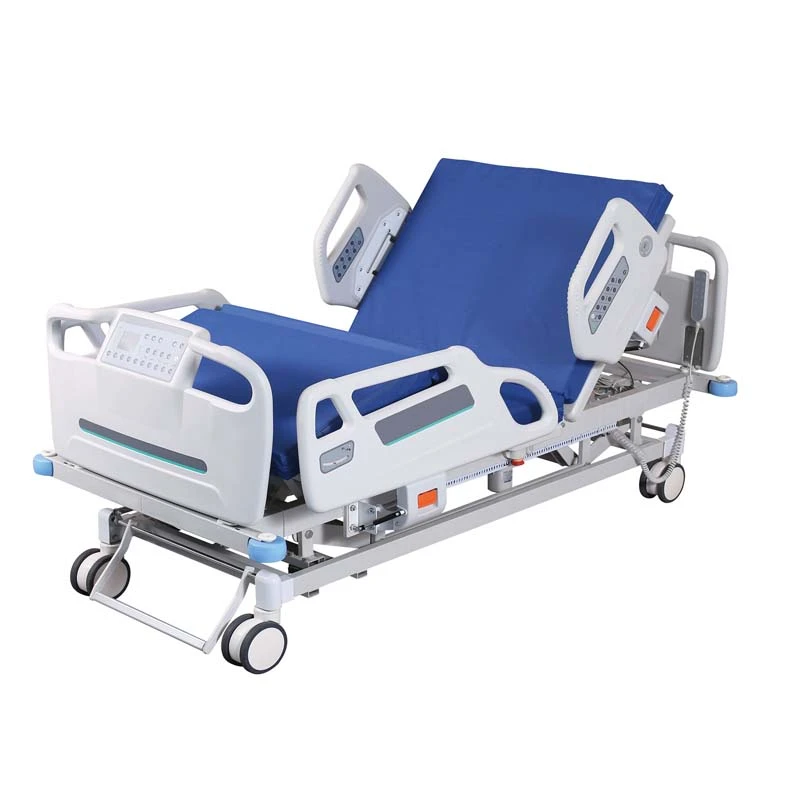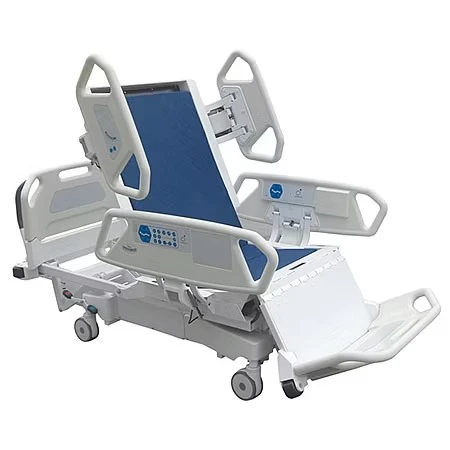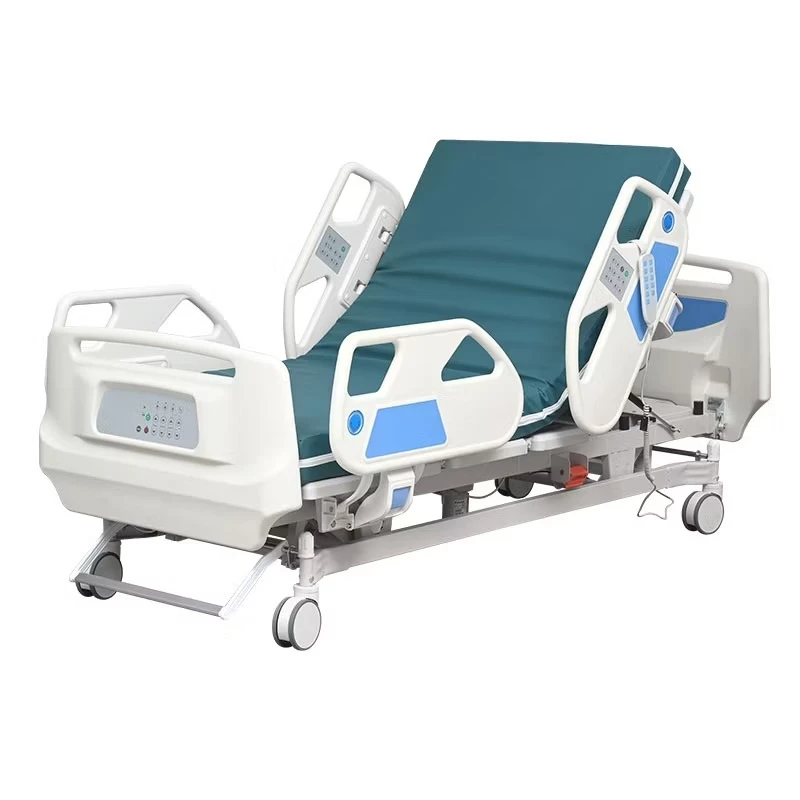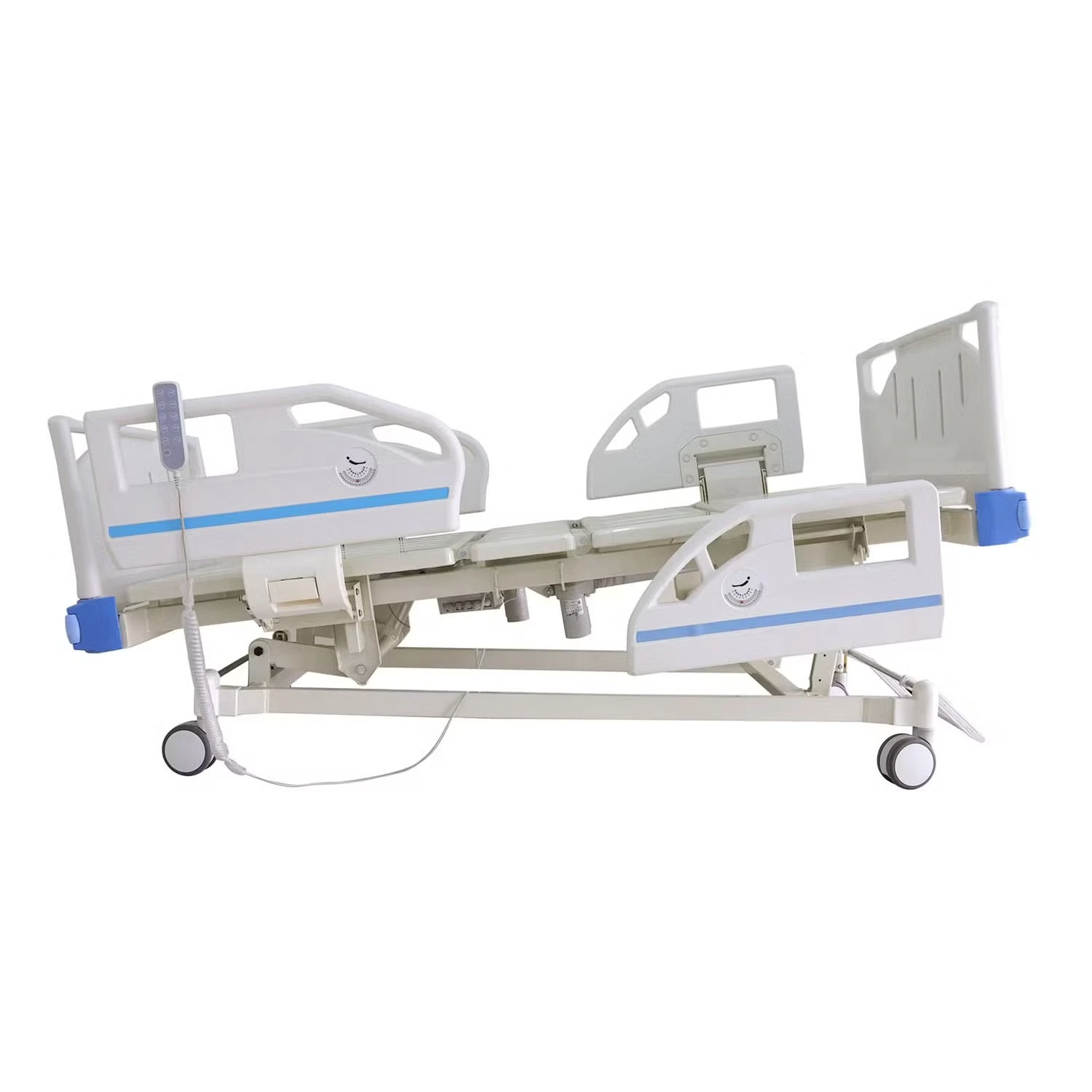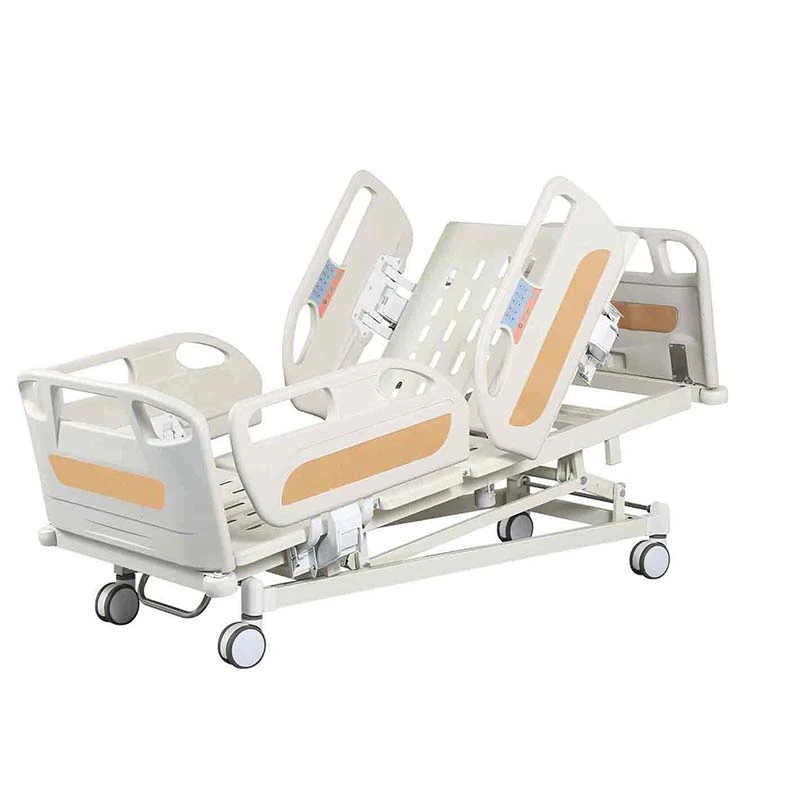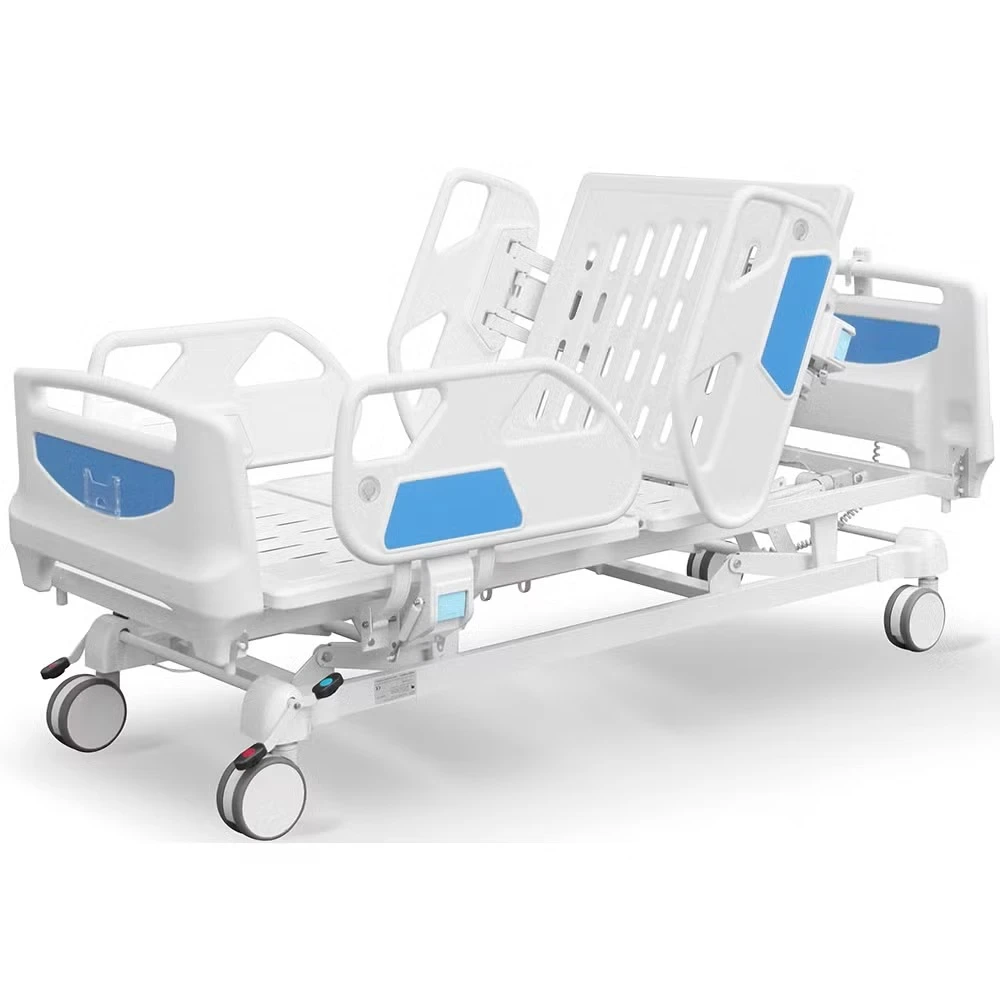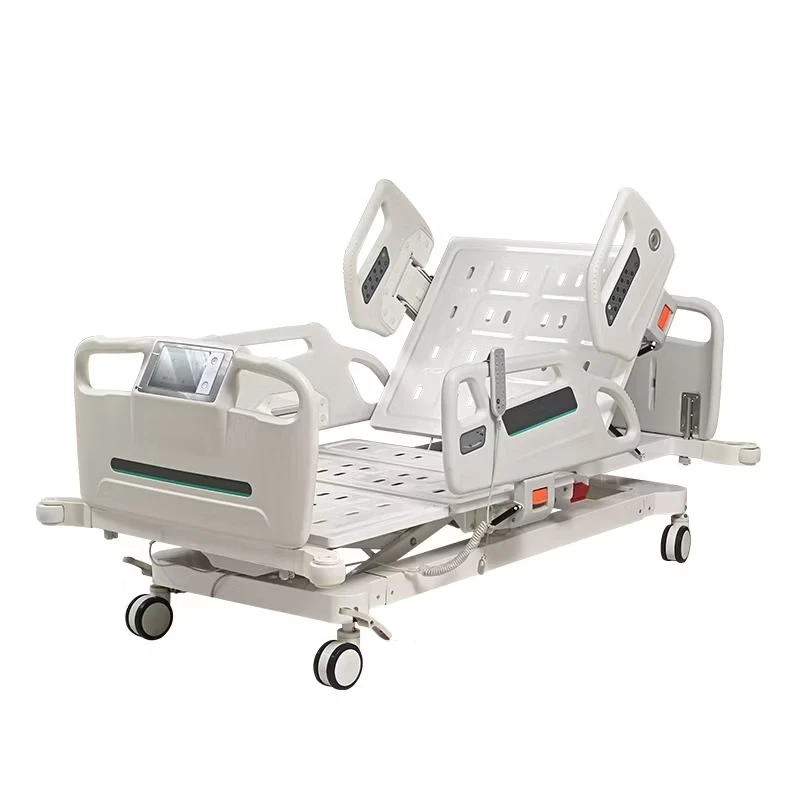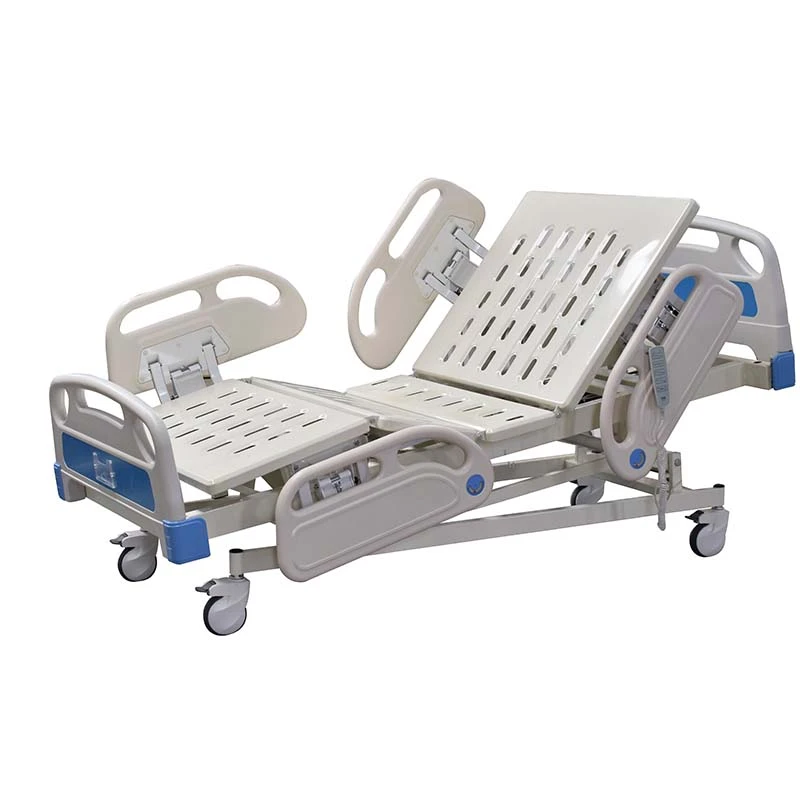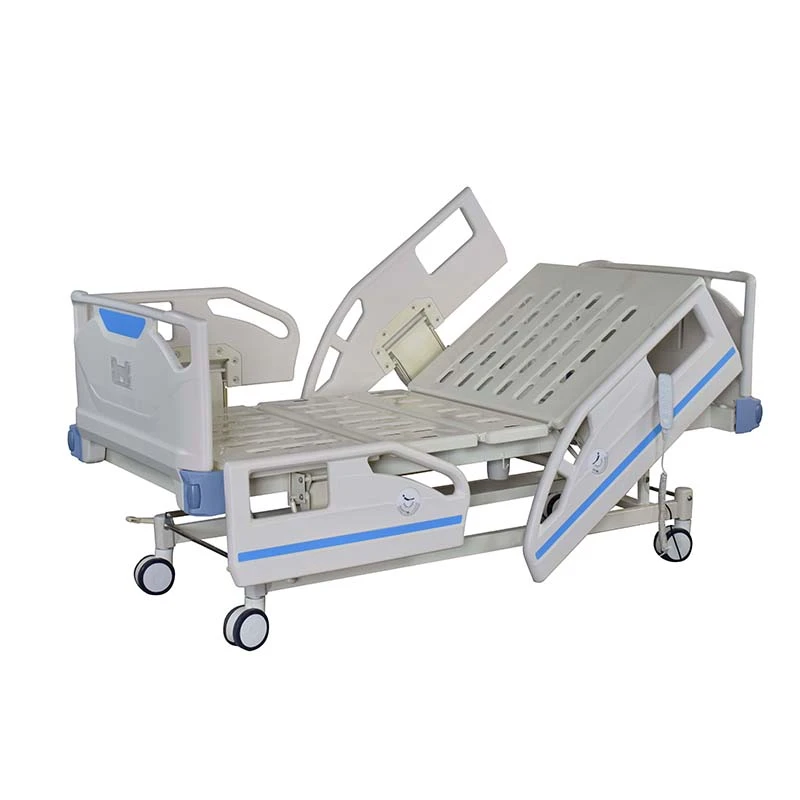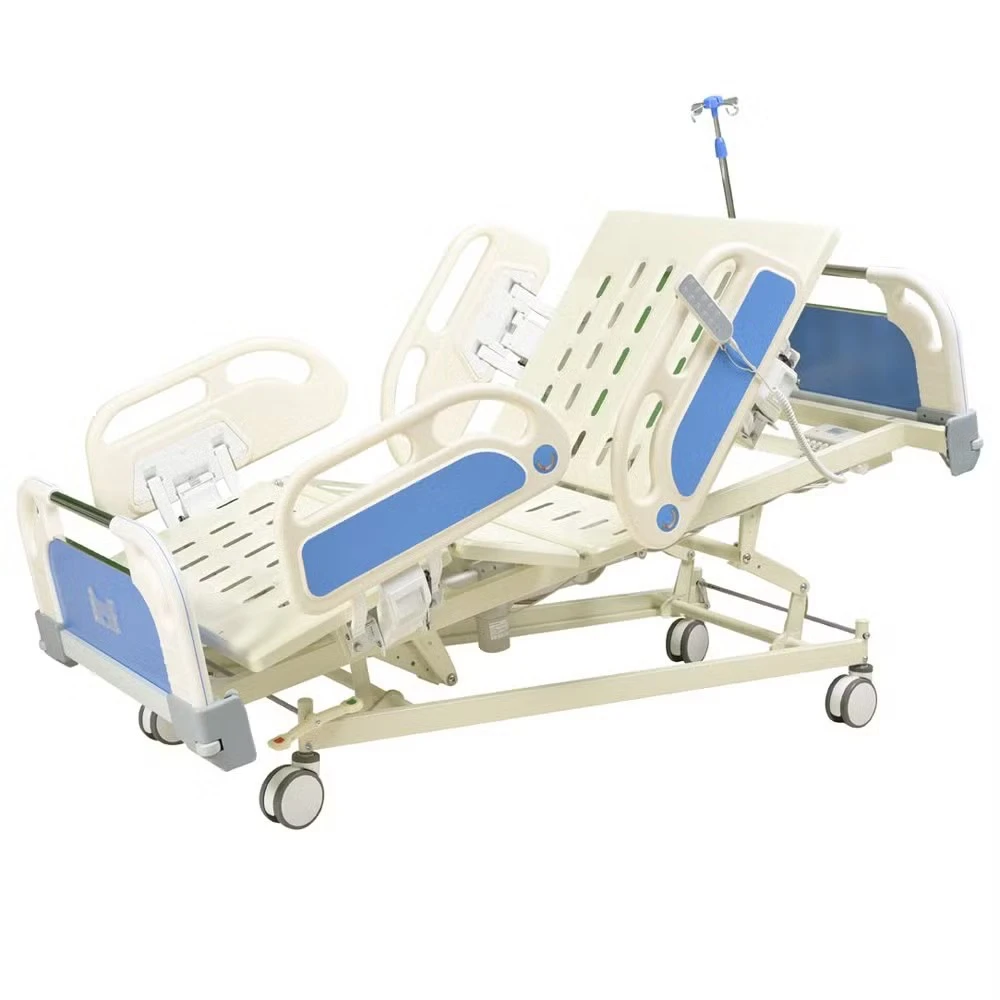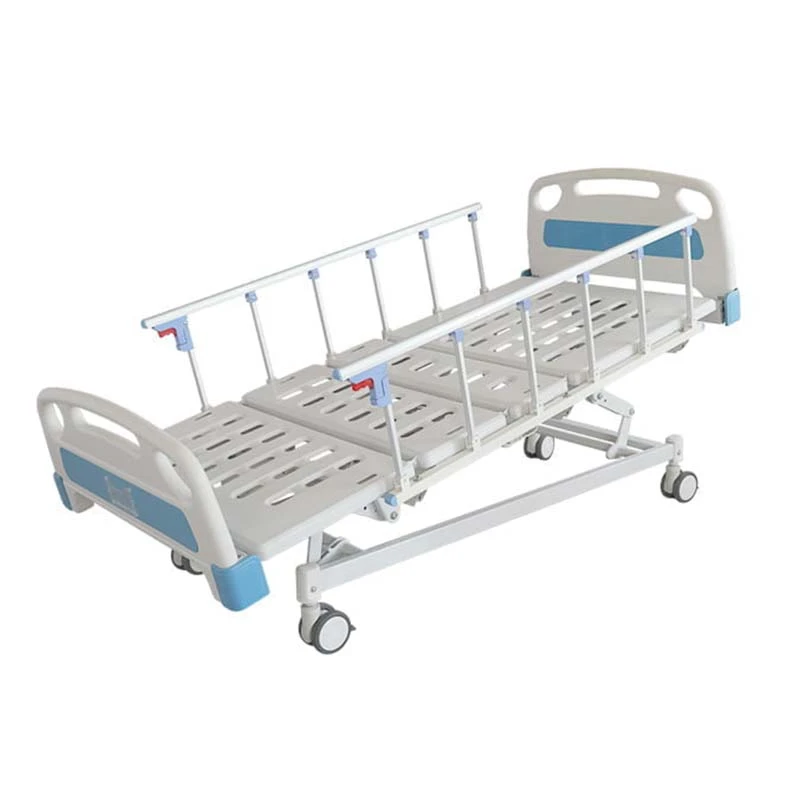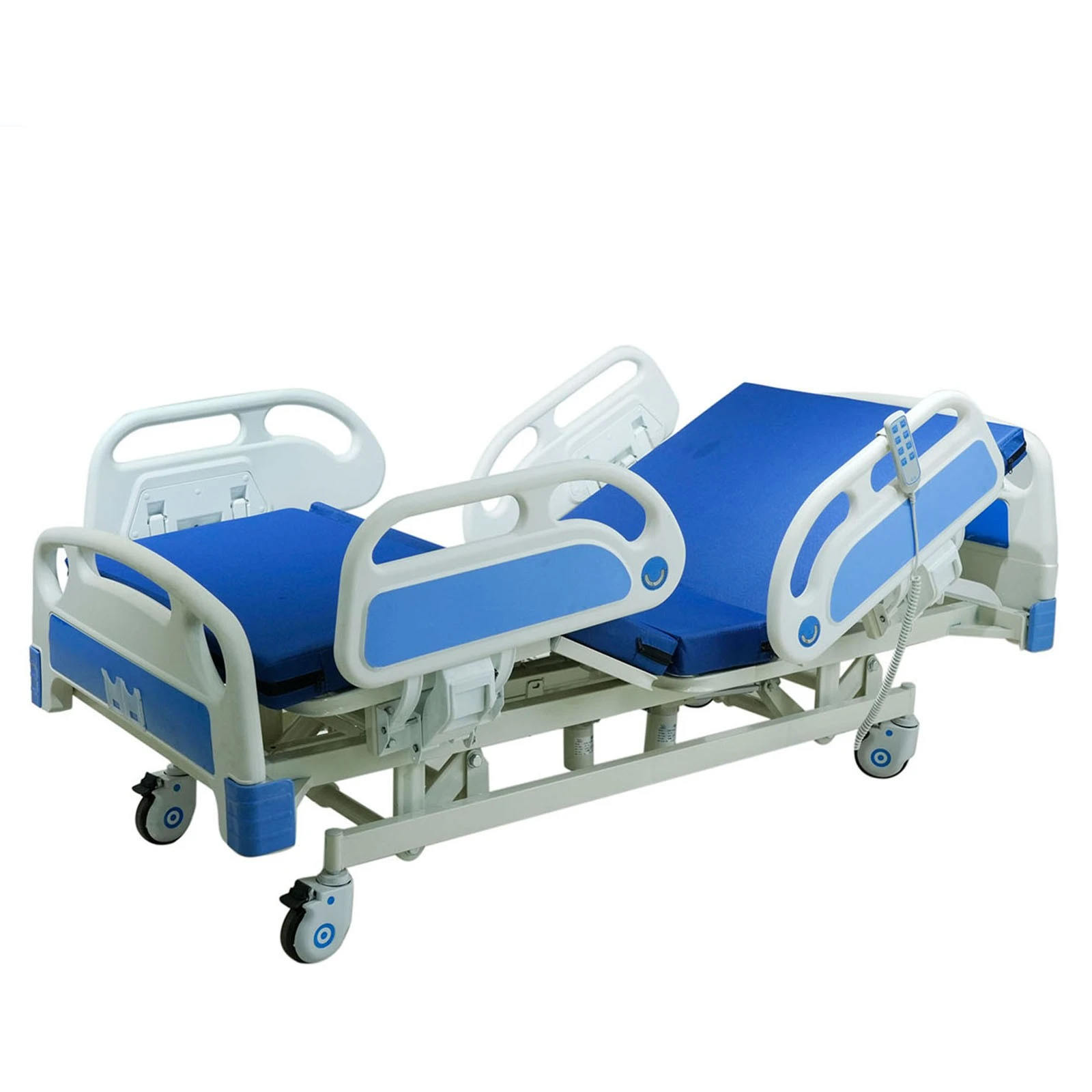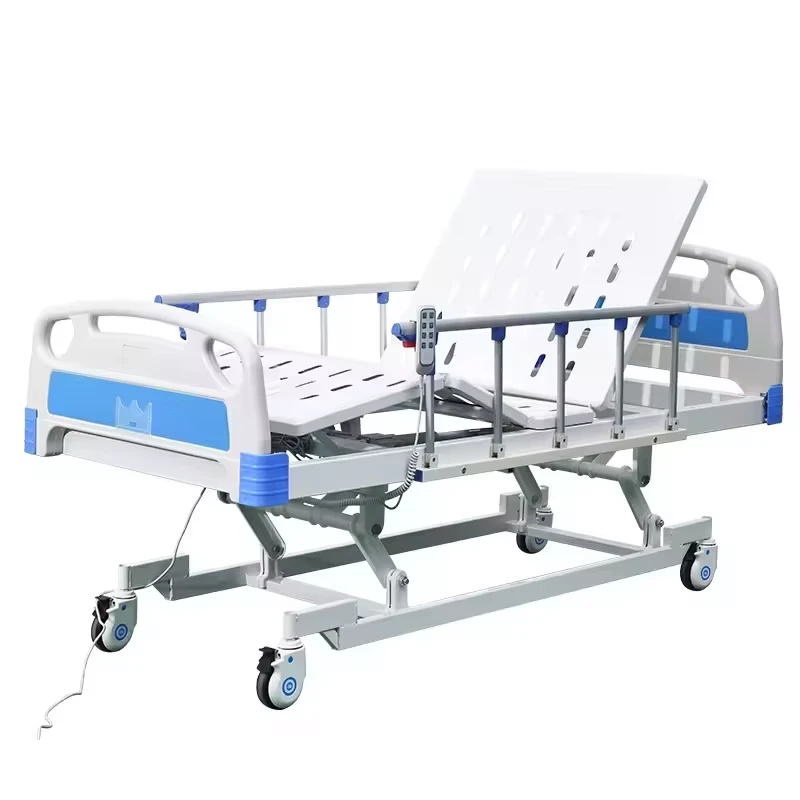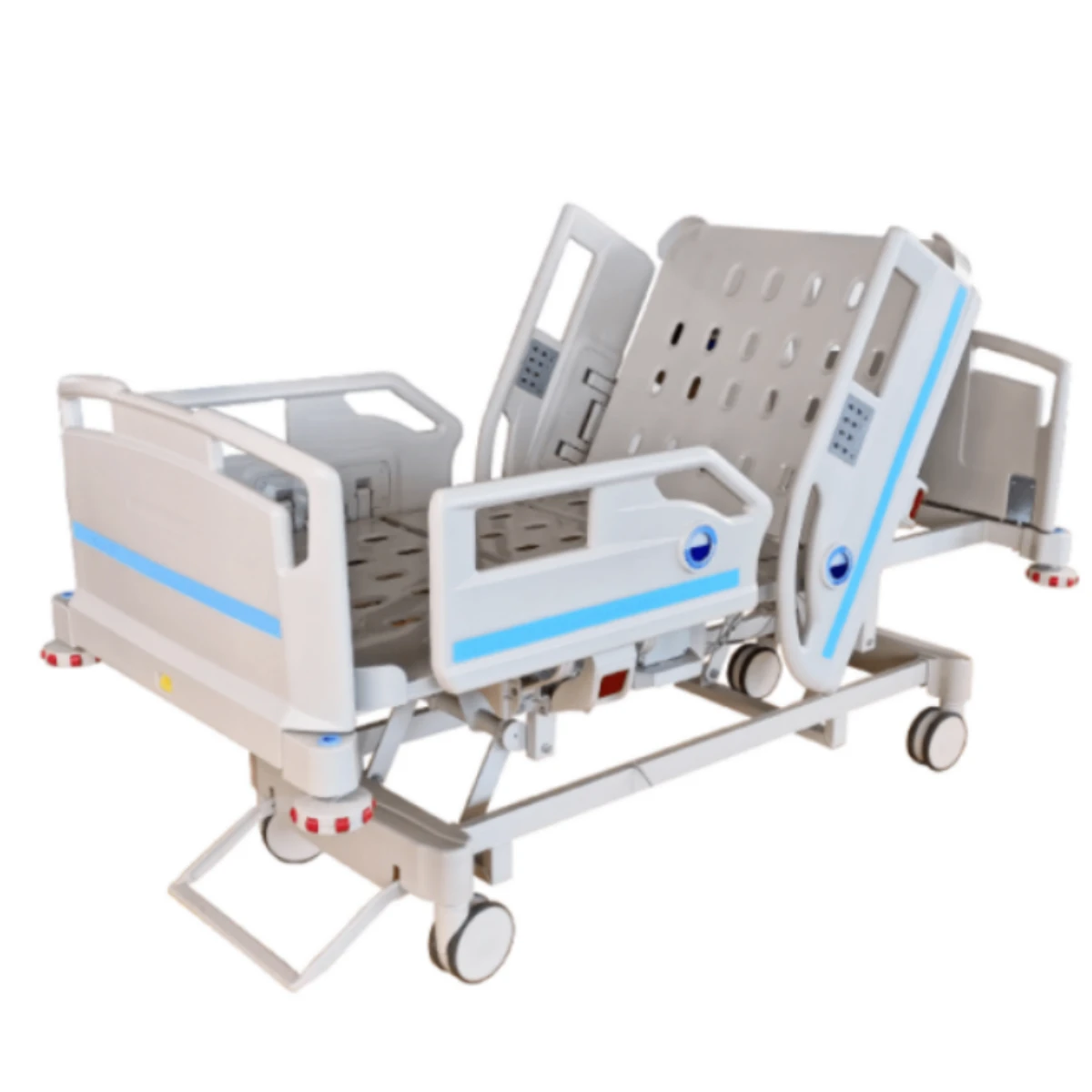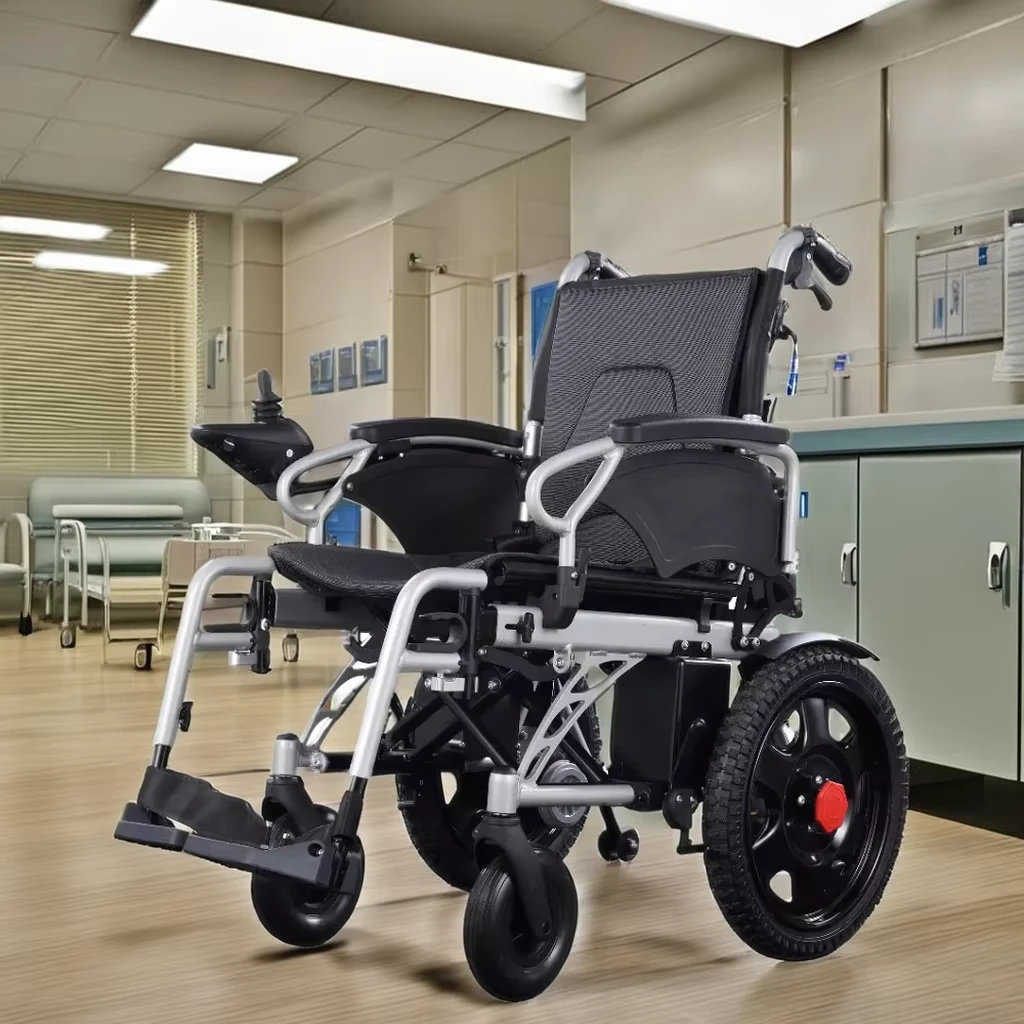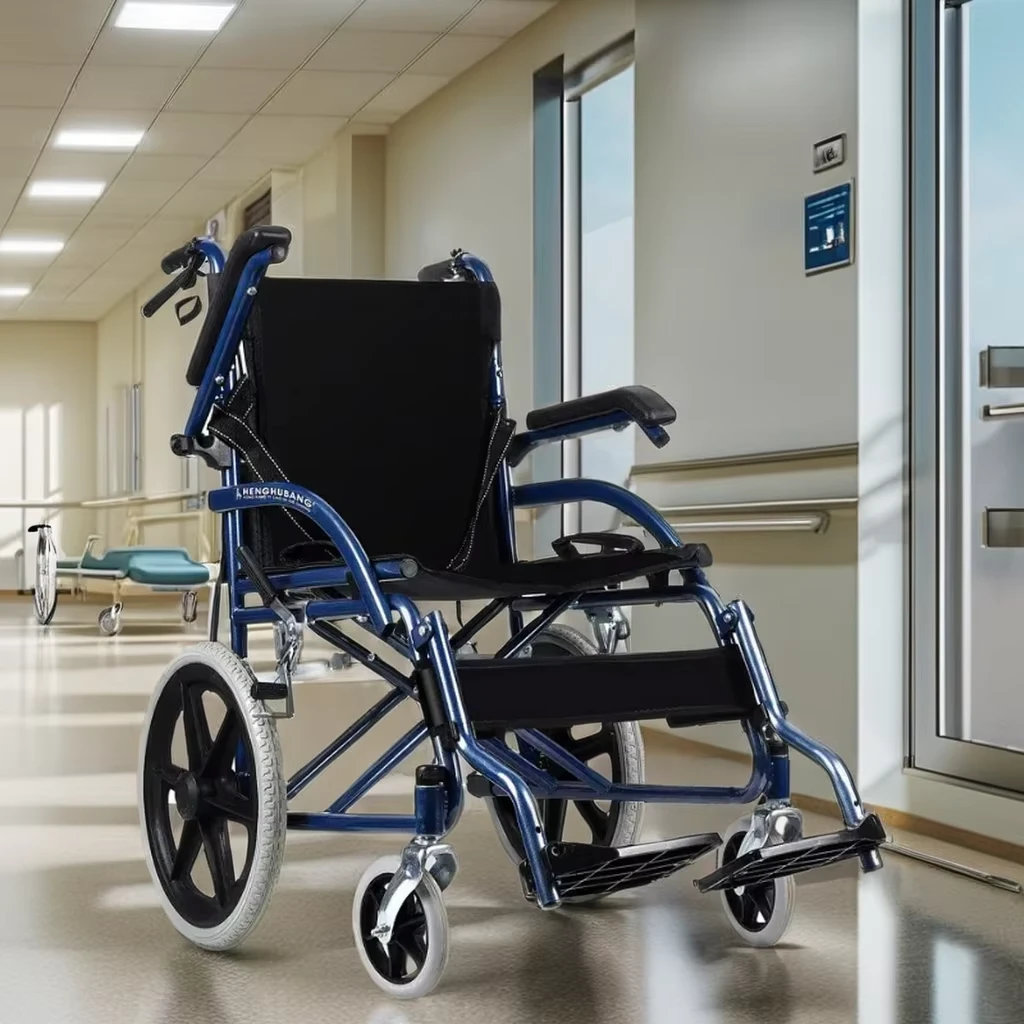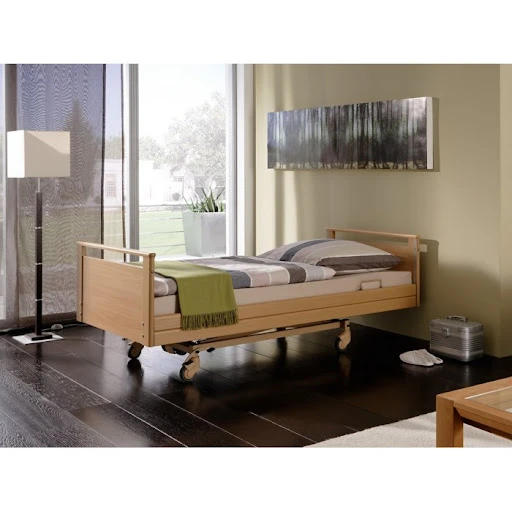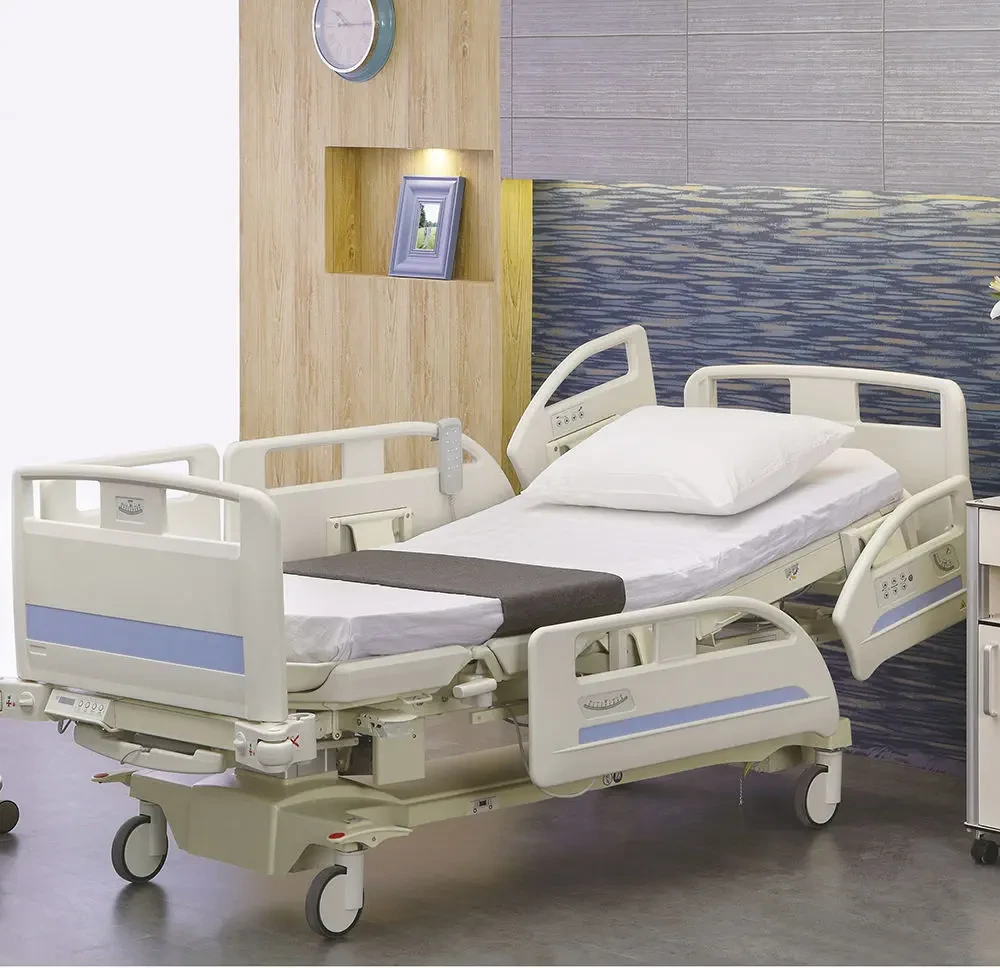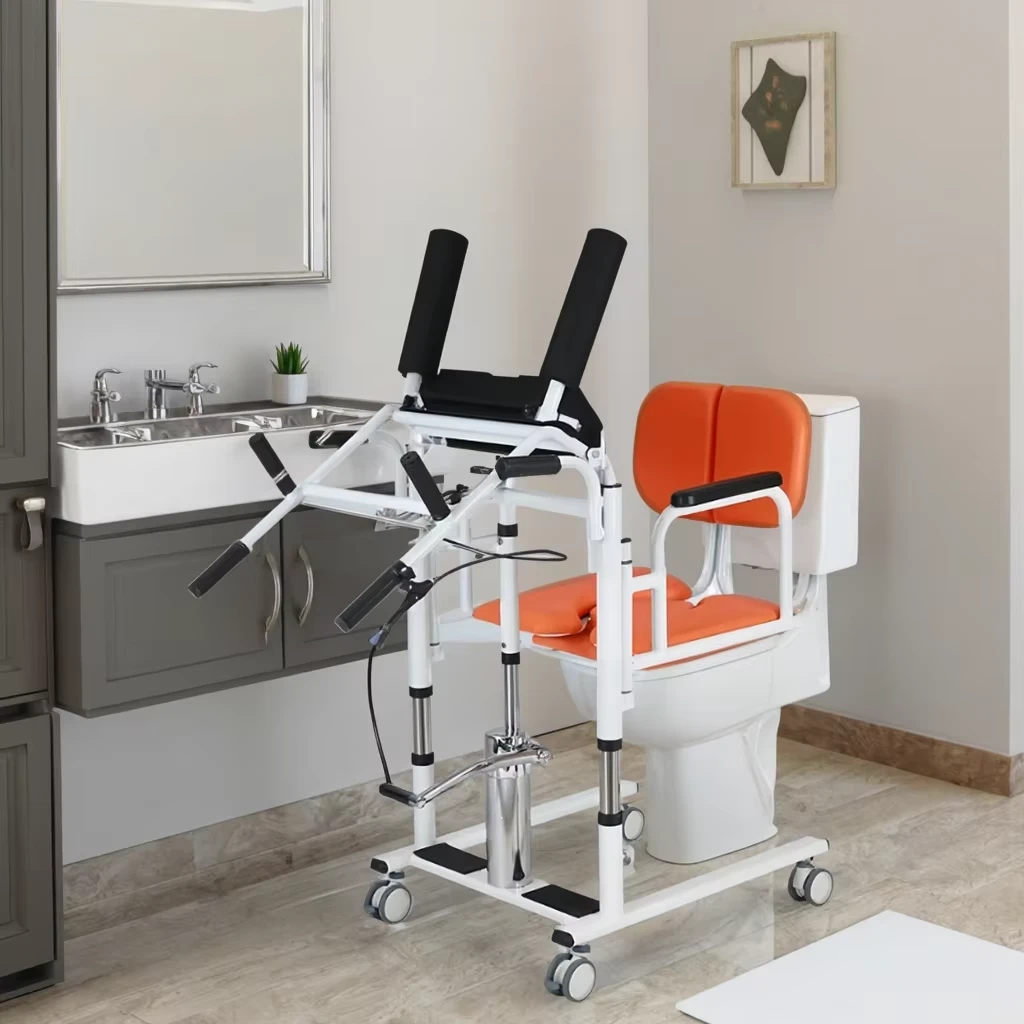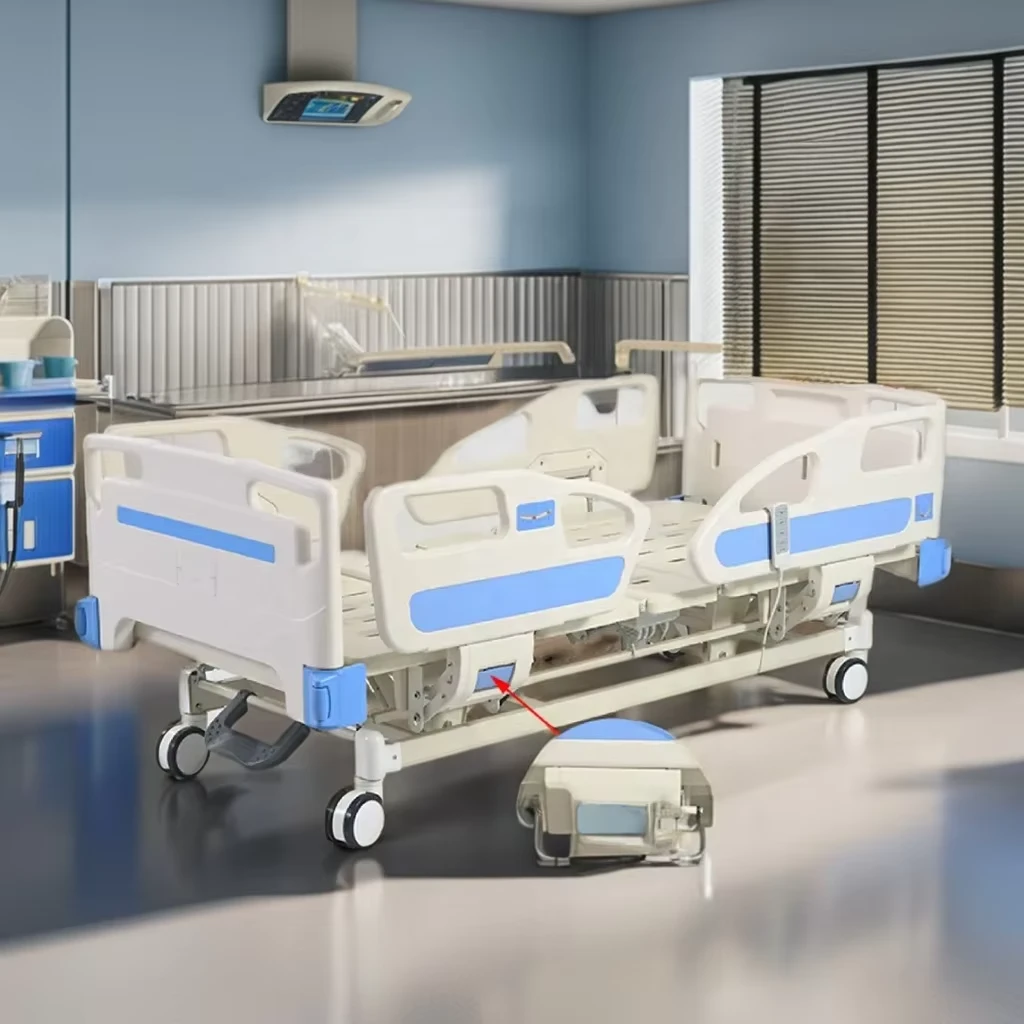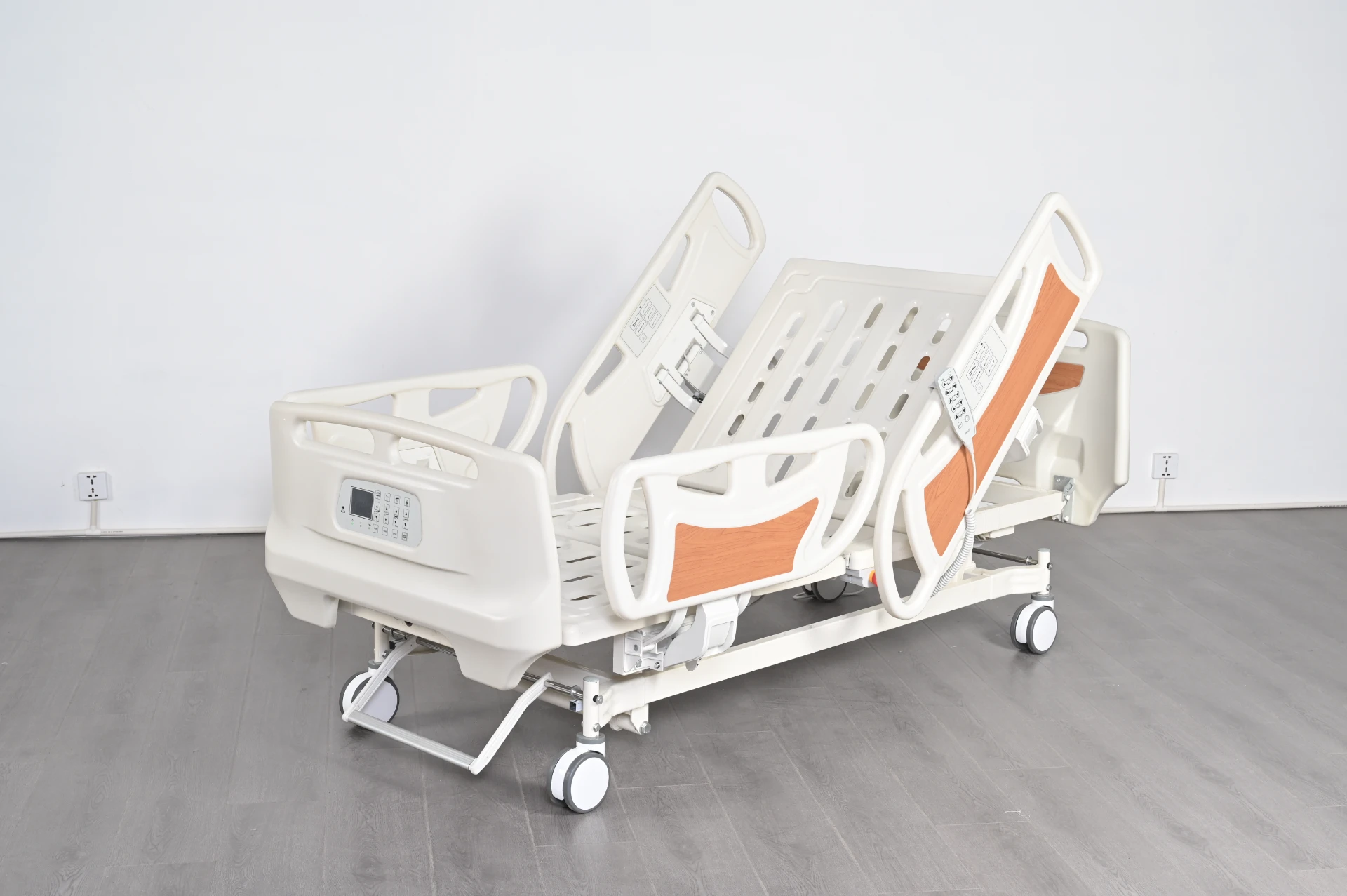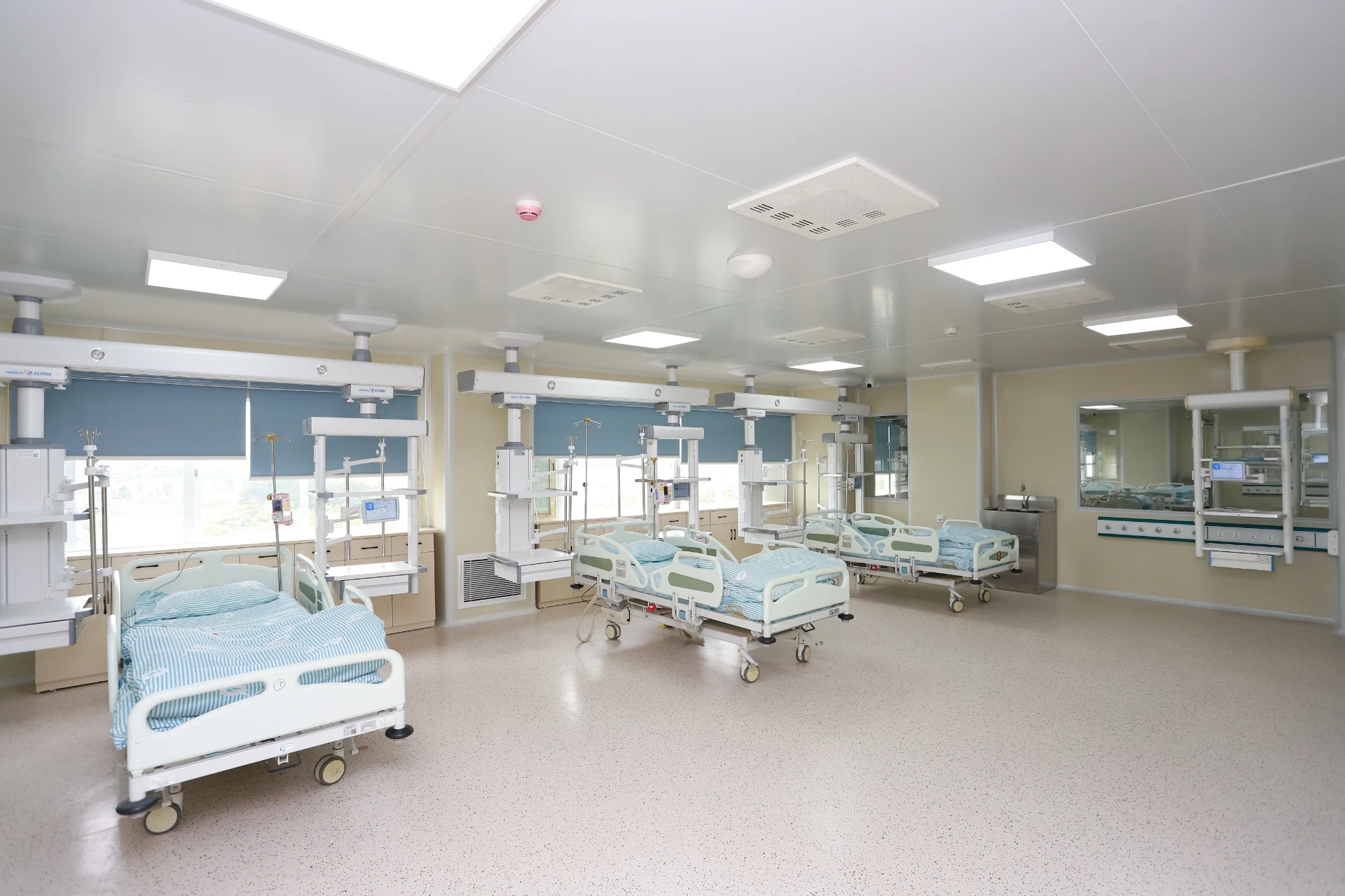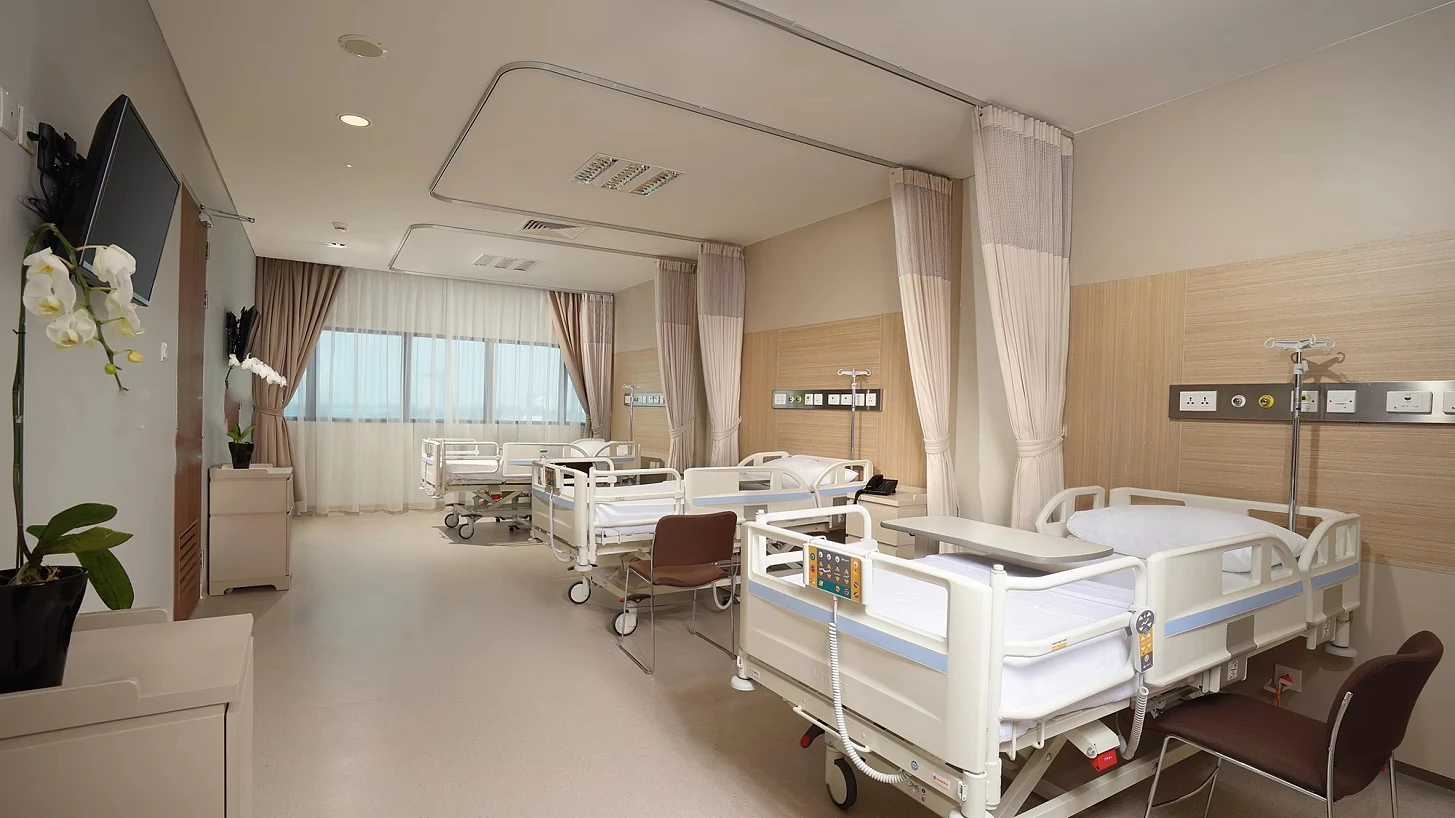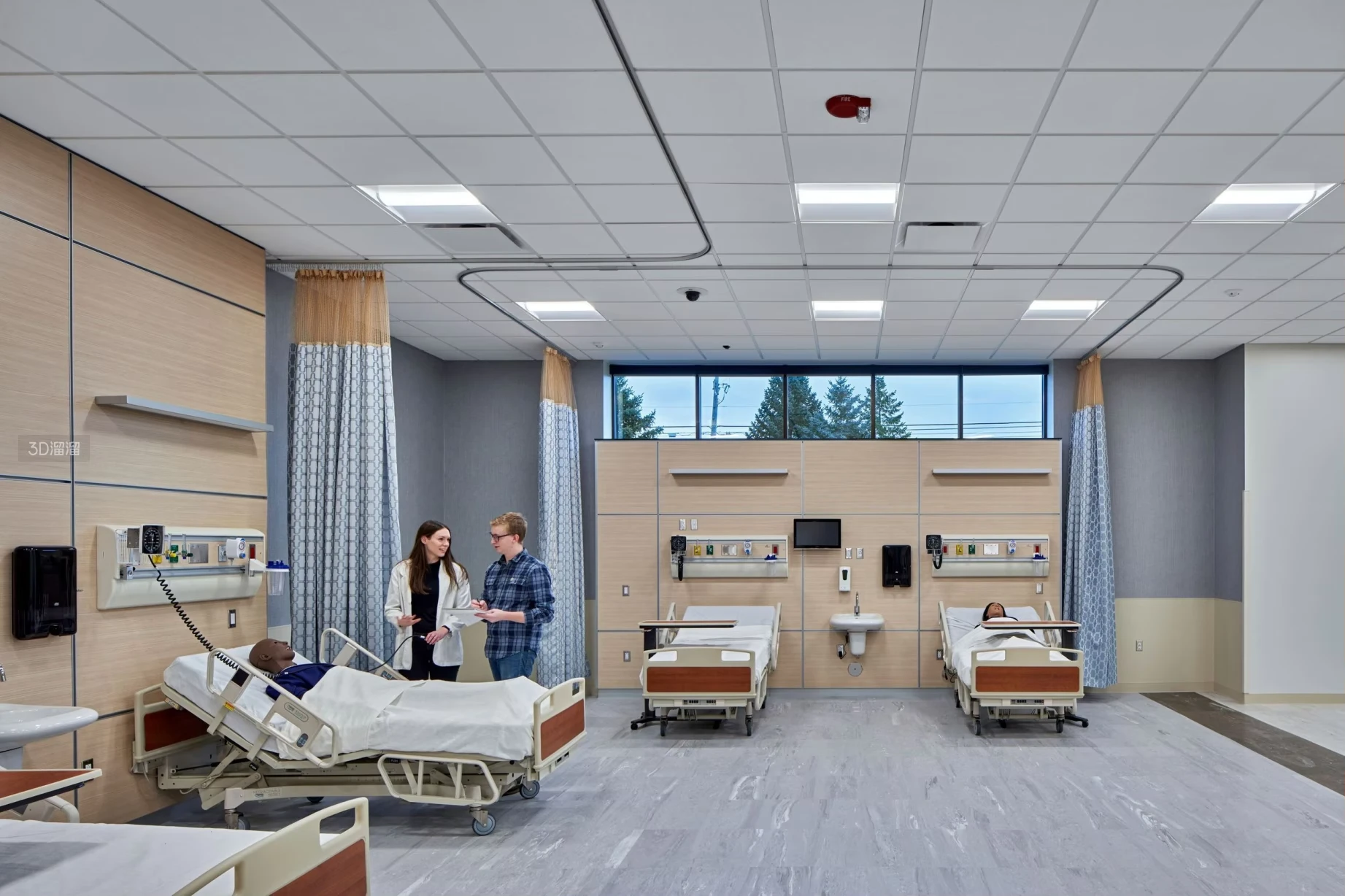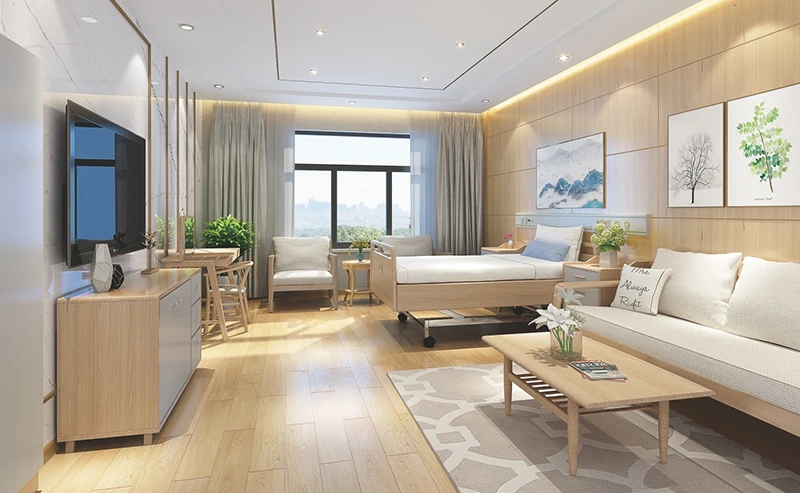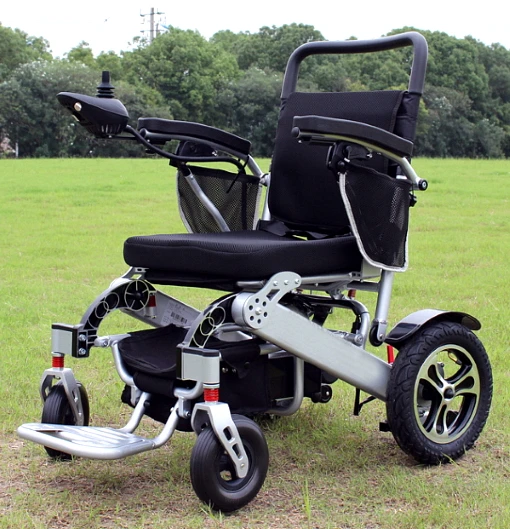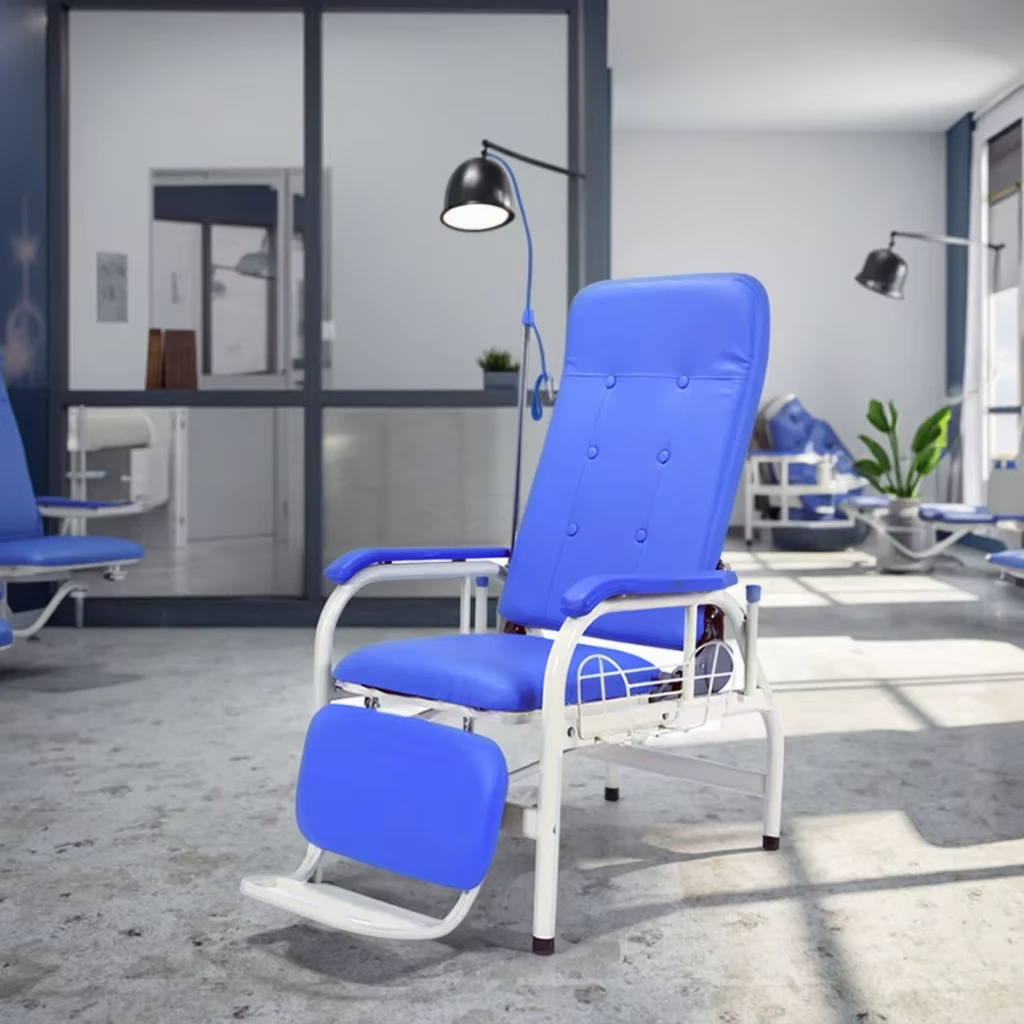Hospital Furniture for Sale: Enhancing Patient Comfort and Facility Efficiency
Today’s healthcare facilities demand more than just basic functionality—they require well-designed, durable, and ergonomic perabot rumah sakit untuk dijual that can support both medical staff and patient well-being. From technologically advanced hospital beds to mobile medical carts, the market offers a broad selection of furnishings aimed at optimizing operations and elevating the standard of care.
Hospital furniture for sale often includes essential items such as fully electric adjustable beds, overbed tables, and medical trolleys, all designed to promote comfort, efficiency, and hygiene. High-quality beds allow for better positioning and recovery, while bedside cabinets and utility carts ensure that essential tools and supplies are always within reach. These elements work in unison to minimize stress on caregivers and improve the overall patient experience.
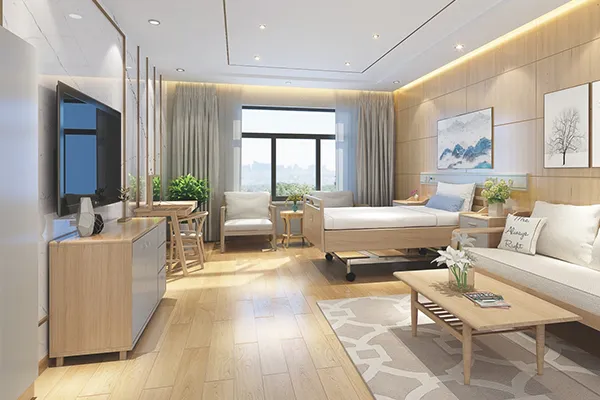
Hospital Furniture: A Core Component of Healthcare Infrastructure
Every healthcare setting relies heavily on well-constructed perabotan rumah sakit to meet the daily demands of patient care. Whether it’s in an intensive care unit, a general ward, or a private room, the furniture must be adaptable, easy to clean, and long-lasting. Hospital furniture spans an extensive range, including examination tables, surgical chairs, privacy screens, stretchers, and even anesthesia trolleys—each serving a unique role in clinical workflows.
Investing in top-grade perabotan rumah sakit not only improves comfort and safety but also ensures operational efficiency. Materials used are often antimicrobial, water-resistant, and durable, meeting stringent health regulations. As hospitals strive to improve care delivery, well-designed furniture is no longer a luxury but a foundational requirement.
Hospital Waiting Room Furniture: Where First Impressions Begin
The first area patients and visitors encounter is the waiting room, making hospital waiting room furniture an important element in shaping perceptions. A thoughtfully arranged waiting area with ergonomic chairs, sofas, and reception desks can greatly reduce anxiety for patients and create a more welcoming environment.
Modern hospital waiting room furniture is designed to blend comfort with utility. Materials are selected for both aesthetics and practicality, ensuring they can withstand heavy use while being easy to sanitize. Recliners and padded chairs with armrests provide support for long waits, and layout flexibility allows staff to accommodate different volumes and needs. These subtle touches make a significant difference in patient satisfaction and facility image.
Medical Furniture Supply: Supporting Healthcare Professionals and Patient Needs
Reliable perlengkapan furnitur medis is vital to the functioning of hospitals, clinics, and long-term care centers. From procurement to installation, suppliers offer tailored solutions that align with the facility’s space constraints, patient population, and clinical requirements. A dependable perlengkapan furnitur medis chain includes everything from hospital beds and examination tables to specialty carts, stools, and workstations.
By partnering with trusted perlengkapan furnitur medis providers, healthcare institutions gain access to advanced designs that incorporate ergonomic principles and practical mobility features. Adjustable heights, integrated storage, and antimicrobial surfaces are now standard across many product lines. This not only enhances safety but also boosts productivity, allowing medical teams to focus more on patient care and less on logistical inefficiencies.
Hospital Room Furniture: Tailoring Interiors for Better Recovery
Within the patient’s room, the comfort, functionality, and aesthetics of hospital room furniture play a significant role in healing. These spaces often include hospital beds, bedside lockers, overbed tables, recliners, and wardrobes—all contributing to the patient’s overall experience. Whether for short-term stays or extended treatments, well-designed hospital room furniture can reduce stress, support recovery, and improve satisfaction scores.
Hospitals are now adopting more residential-inspired hospital room furniture to foster a less clinical atmosphere. Comfortable patient chairs, soft seating for visitors, and movable partitions offer greater privacy and familiarity. At the same time, the furniture maintains high standards of hygiene, durability, and accessibility. This thoughtful integration of comfort and clinical functionality helps deliver a patient-centered environment that promotes both physical and emotional well-being.
Hospital Furniture FAQs
What should I look for when buying hospital furniture for sale?
When purchasing perabot rumah sakit untuk dijual, prioritize ergonomic design, material durability, ease of cleaning, and compliance with healthcare standards. Essential items should include adjustable beds, mobile trolleys, overbed tables, and bedside cabinets to meet daily operational needs.
Why is high-quality hospital furniture essential for medical care?
High-quality perabotan rumah sakit ensures patient comfort, reduces staff workload, and supports infection control. From hospital beds to examination tables, every piece contributes to a safer and more efficient care environment.
How does hospital waiting room furniture impact patient experience?
Hospital waiting room furniture directly influences first impressions. Comfortable, supportive seating and a thoughtfully arranged space can reduce patient anxiety and set a professional, welcoming tone for the healthcare facility.
What are the advantages of a dependable medical furniture supply chain?
A reliable perlengkapan furnitur medis ensures timely access to essential equipment, reduces downtime, and supports customization based on facility needs. It helps maintain consistent service quality and operational readiness.
How can hospital room furniture improve patient recovery?
Well-designed hospital room furniture enhances comfort, reduces stress, and improves mobility and privacy. Elements like adjustable beds, recliners, and bedside storage promote healing by creating a supportive, patient-friendly space.



